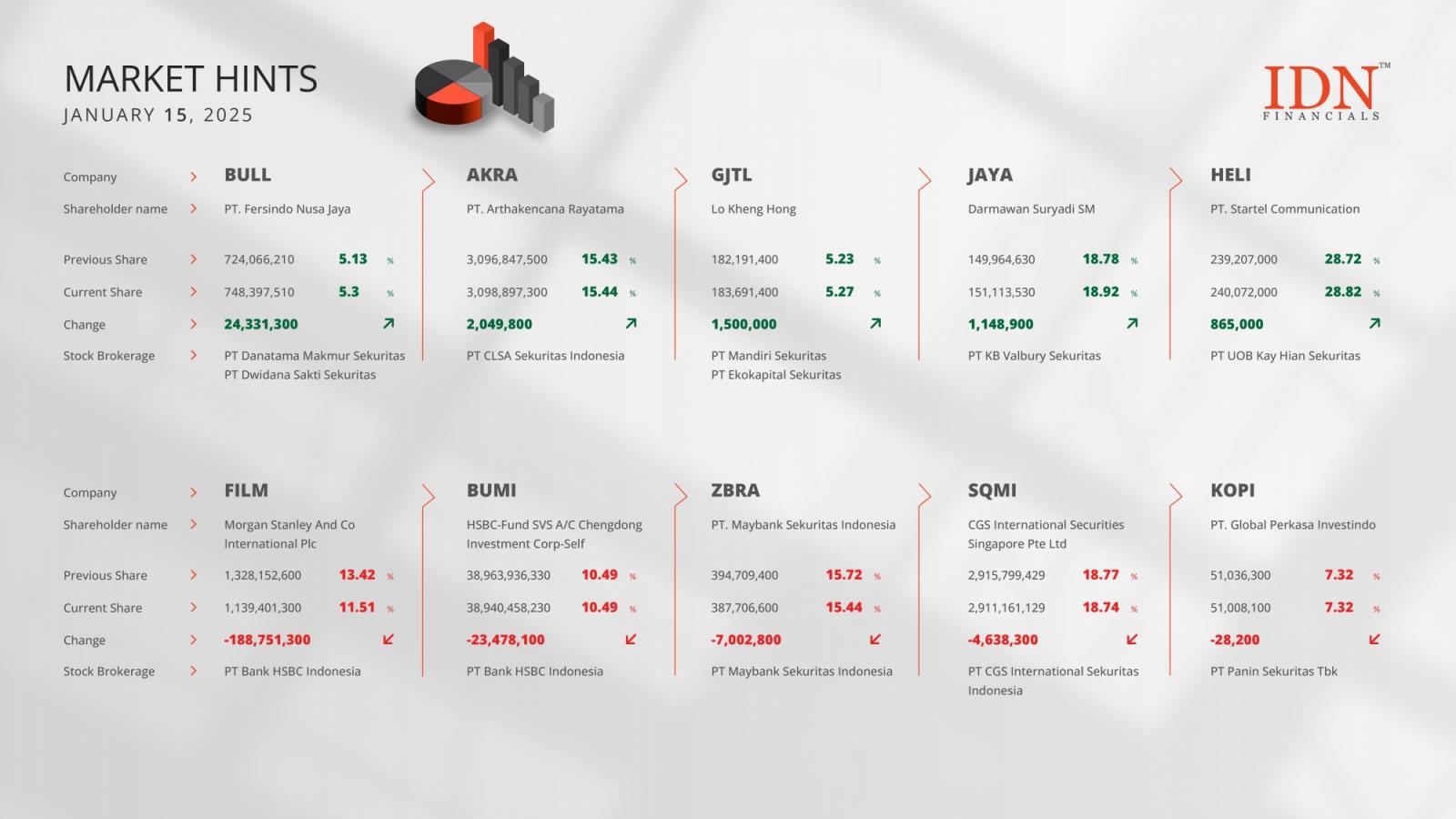
The U.S. Dollar declined significantly during the week ended July 5 amidst weak economic data from the U.S. that renewed expectations of a rate cut by the Fed. The greenback weakened against the euro, the pound, the Australian dollar, the Japanese yen, the Canadian dollar, the Swedish krona as well as the Swiss franc.
The Dollar Index (DXY), a measure of the Dollar\'s strength against a basket of 6 currencies plunged during the week spanning July 1 to 5. The DXY which had closed at 105.87 on the last Friday of June, finished trading at 104.88 on the first Friday of July. Though the index edged up at close on Monday, it declined steadily on the remaining days of the week resulting in a weekly drop of 0.94 percent. The weekly trading ranged between a high of 106.05 and a low of 104.82.
Data released on Monday by the Institute for Supply Management showed Manufacturing PMI in June unexpectedly declining to 48.5 from 48.7 in May, missing market expectations of 49.1. The third straight month of falling manufacturing activity and the weakest reading since February reinforced the view that the Fed indeed had sufficient headroom to ease interest rates from the current high level.
The Dollar also weakened in response to the Fed Chair Jerome Powell\'s remarks at the European Central Bank\'s Forum on Central Banking on Tuesday that acknowledged the disinflationary trends in the American economy.
However, the DXY touched a high of 106.05 on Tuesday amidst data that showed the number of job openings rise to 8.14 million in May from a three-year low of 7.92 million in April. The data surprised markets which had anticipated a reading of 7.91 million.
The Dollar further retreated on Wednesday amidst not-so-hawkish FOMC minutes as well as a lackluster Services PMI reading. According to the FOMC minutes, the Fed officials acknowledged the easing in price pressures. The ISM services PMI that recorded a lower-than-expected reading of 48.8 also weakened the greenback. Markets had expected only a decline to 52.5 from 53.8 in the previous month.
Data released by the U.S. Bureau of Labor Statistics on Friday morning showed the American economy added 206 thousand to non-farm payrolls in the month of June. Though markets had expected an addition of 190 thousand, the reading for June revealed a decline from 218 thousand additions recorded in the previous month. Also quite unexpectedly, the unemployment rate rose to 4.1 percent. The same was seen steady at 4 percent.
The steady climb in the unemployment rate over the past few months reinforced expectations of a rate cut by the Fed. The unemployment rate was 3.8 percent in March, 3.9 percent in April, and 4 percent in May. The dollar weakened amidst growing expectations that the Fed would take cognizance of the decline in price pressures emanating from the labor market.
The Euro surged 1.15 percent against the Dollar during the week ended July 5, boosted by diminishing expectations of an electoral win for the far-right in France. Comments made by the ECB President that it was not in a hurry to cut rates as well as doubts over rate cuts revealed in the ECB minutes released during the week also helped the EUR/USD pair rally to 1.0836 from 1.0713 a week earlier. The common currency ranged between $1.0709 and $1.0843 during the week. Data released during the week also showed inflation in the region declining as expected to 2.5 percent in June from 2.6 percent in the previous month.
The pound rallied more than a percent against the Dollar amidst the Labour Party\'s landslide victory in U.K. elections. The sterling, which had closed at $1.2642 rose 1.31 percent during the week to close at $1.2808. The GBP/USD pair traded between a low of 1.2614 and a high of 1.2819.
The Aussie too jumped during the past week amidst minutes of the Reserve Bank of Australia released during the week, revealing concerns about inflation risks. The AUD/USD pair traded between a low of 0.6633 and a high of 0.6754. The addition during the week was 1.23 percent from 0.6667 on June 28 to 0.6749 on July 5.
The Japanese yen also edged up against the U.S. Dollar during the week spanning July 1 to 5. The USD/JPY pair which had closed at 160.83 on June 28, decreased to 160.72 in a week\'s time. The pair ranged between 162.01 and 160.34 amidst weak economic data and waning expectations of a monetary policy tightening by the Bank of Japan.
Amidst recent indications of a cooling labor market in the U.S, market focus has shifted to the consumer price and producer price inflation updates due from the U.S. in the current week. Amidst the market influences, the Dollar Index is more or less flat at 104.85.
The EUR/USD pair has increased to 1.0842 whereas the GBP/USD pair has rallied to 1.2839. The AUD/USD pair is flat at 0.6749. The yen\'s strength has dragged down the USD/JPY pair to 160.61.





